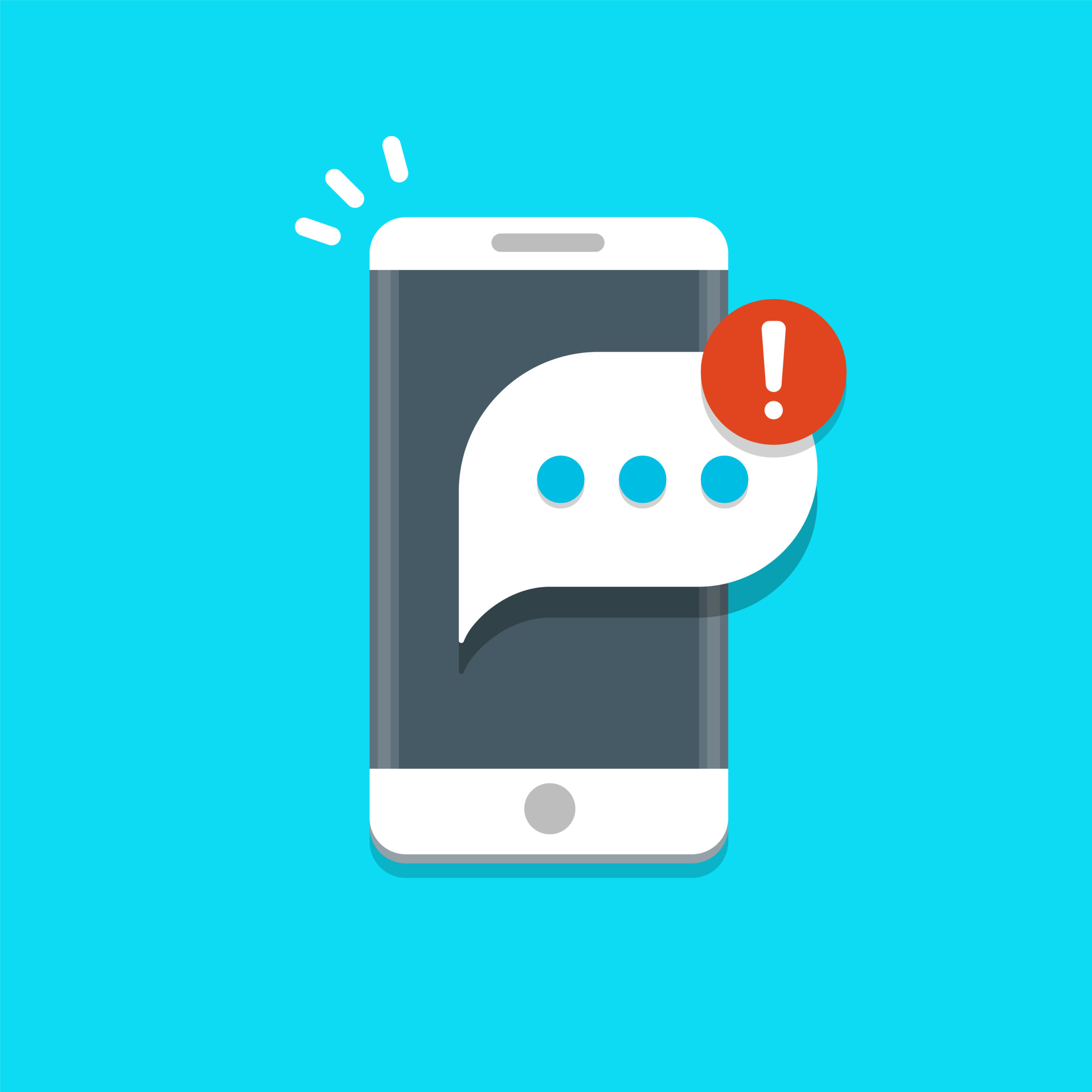
Across the United States, communities are developing programs to combat the epidemic of drug overdoses within those communities. One of the ways in which jurisdictions are doing this is through the use of “spike alerts,” that is, targeted messages that notify recipients that there is an unexpected increase in drug-related overdoses in a specific area. The messages can be shared via email, social media, or even direct SMS text messaging, and all are free to the users.[1] The purpose of these notifications is to “reduce injury or death from opioid overdoses during spike events.”[2]
In 2016, Michael LeGrand, co-founder of the Code in the Schools program in Baltimore, Maryland, working with a group of teenagers attending the course, created a tool that would notify users of a “bad batch” of heroin in their area. LeGrand was inspired to begin the project after a friend died from an overdose of heroin that was laced with carfentanil, a batch that claimed nine other lives. Ultimately, LeGrand’s idea became the Bad Batch Alert (Bad Batch Alert – Text ‘Join’ to (952) 222-5378) system. Individuals, including people who use drugs, family members and friends of people who use drugs, and outreach, harm reduction, and treatment organizations, can sign up to receive alerts simply by texting “join” to the listed number. The system will send a text message to alert recipients (“users”) if there is a spike in overdoses in the user’s neighborhood. Data obtained from emergency medical services is analyzed by the Baltimore City Health Department (a partner organization), and a direct SMS message is sent to users if an overdose spike, which could indicate a bad batch of drugs, is detected. The purpose of the alerts is not just to let users know that there has been an overdose spike in their area but to give users the opportunity to take additional measures to mitigate against potential future overdoses, including by obtaining naloxone or increasing outreach in that particular area.
The Bad Batch Alert system also allows users to receive important information by texting various “command” words to the system. For example, texting “van” to the system returns the location of the Baltimore needle exchange van and a link to the van’s schedule, while texting “treatment” returns the number for the city’s 24-hour crisis line. The system was launched in 2017 and, as of May 2019, had approximately 1,500 users registered to receive alerts.
A similar app, launched in 2021 by Ohio State University students in Columbus, Ohio, allows users to report bad batches of drugs. Stemming from work in the SOAR (Supporting Ohioans throughout Addiction and Recovery) Initiative and partially based on the Bad Batch Alert system, the SOAR Central Ohio app also provides information on harm reduction services in the area through the use of an interactive map which allows users to filter results by service, including fentanyl test strips, naloxone, sterile use supplies, and HIV/Hep C testing, and click on a location to get more information. App users can anonymously submit reports of a bad batch of drugs in their area. Those reports are aggregated and screened by app staff before being sent out as a bad batch alert. Users can sign up to receive email or text message alerts. More information regarding the program, and a link to the app, can be found here: The SOAR Initiative.
In addition to these types of grassroots local programs, more widespread spike alert programs are in development. In December 2020, the Center for Drug Policy and Prevention at the University of Baltimore awarded $270,000 in federal grant funds to the Partnership to End Addiction to develop spike auto text pilot programs in Oneida County, New York and the states of Maryland and Maine. In addition to Oneida County, Maryland, and Maine, the Metro Public Health Department in Nashville, Tennessee has partnered with Partnership to End Addiction to participate in the pilot program. Using data from the Overdose Mapping Application Program (ODMAP), the free platform developed by the Washington/Baltimore High Intensity Drug Trafficking Areas that provides suspected overdose surveillance data across participating jurisdictions, an alert is texted to users if there is a spike in overdoses – fatal and non-fatal – in their area. The Maine program, the first statewide program, issues a spike alert if three or more fatal or non-fatal overdoses occur in a county within a 24-hour period. The intent of all of these programs is to allow individuals to take action to potentially save lives. In addition to the spike alert notification, the pilot programs will connect users to treatment and recovery resources. All of the jurisdictions participating in the pilot program use the same telephone number, and individuals interested in receiving text alerts can sign up by texting “spike” to 1-855-963-5669. The program will request a zip code and community designation for the purpose of sending out alerts but does not collect any personal data from users.
As more and more jurisdictions develop and implement spike alerts, more lives will be saved.
[1] See “Overdose Spike Response Framework,” Washington/Baltimore High Intensity Drug Trafficking Areas (W/B HIDTA) (January 2018), for examples of all three types (email, social media, and text) of spike alert notifications.
[2] Id. at 1.




